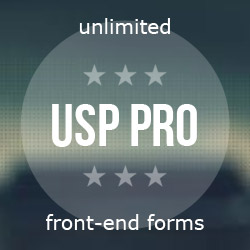Popular Posts
All posts ordered by popularity
WordPress: Get Current URL and Slug
Another essential tool for your WordPress development toolbox is getting the URL of the current page. This sounds simple but can be tricky depending on which page or type of page is being displayed. So to help, here is a simple technique to get the current URL for any single post, archive view, custom template, […]
Google Translate in 2 Steps
Follow this simple two-step tutorial to enable users to translate your web pages into many different languages. Great way to increase exposure and traffic.
jQuery Truncate Text
Here are a few choice code snippets to truncate text with jQuery. Useful for fine-tuning responsive layouts, or just truncating strings of text in general.
Automatic versioning for enqueued stylesheets
Learn how to append the theme version, random number, or both as a query-string parameter to your CSS stylesheet URLs. This is useful for automatic versioning, cache-busting during development, or both.
WordPress Get Recent Comments
In this tutorial, you’ll learn two ways to get the most recent comments on your WordPress-powered site. The first method uses get_comments(),and the second method uses the newer WP_Comment_Query class.
.htaccess template file for WordPress
By default, WordPress does not require any .htaccess rules to function properly. But if you want to enable pretty permalinks, a simple set of .htaccess rules must be included in your site’s root .htaccess file.
Members-only content via shortcode
Here is a sweet little WordPress shortcode to display content only to logged-in users. Visitors not logged in will see a custom message saying whatever you’d prefer.
Add titles to previous_post_link & next_post_link
Here’s a quick way to include a title in previous_post_link() and next_post_link().
Break Out of Frames
This tutorial explains some ways to use JavaScript to prevent your pages from being framed. Also known as “frame busting” or “breaking out of frames”.
kses tricks
In WordPress, “kses strips evil scripts”. Here is a list of kses tricks for ninjas only.
WordPress get all user emails
Quick snippet to get all user emails in WordPress.
PHP Truncate Text at Word
Here is a PHP snippet to truncate a string of text at the specified number of words. This is a nice alternative to just shortening a string of text based on character count. With this technique, the truncated string contains only complete words and is readable.



![[ .htaccess made easy ]](/wp/wp-content/uploads/go/250x250-htaccess-made-easy.jpg)

